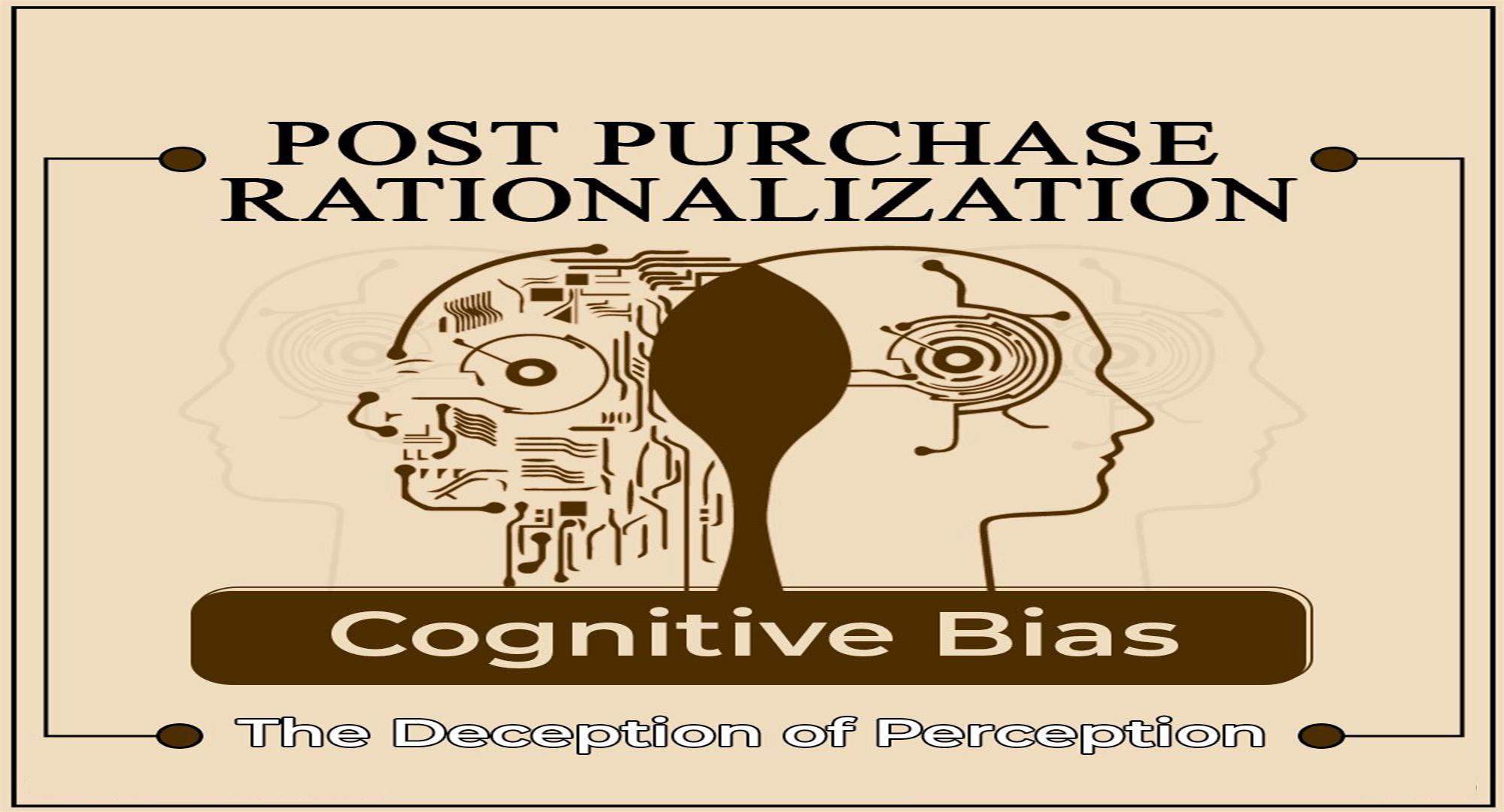Post-purchase rationalization, also known as buyer’s rationalization, is a cognitive bias that occurs after a purchase. It involves individuals justifying a purchase, even if it was impulsive or potentially irrational, by finding reasons to support the decision. People tend to downplay any negative aspects of a product or service they’ve bought.
Explanations:
Post-purchase rationalization is driven by the need to justify one’s choices and reduce cognitive dissonance, which is the discomfort that arises when our beliefs or actions conflict with one another. By rationalizing a purchase, individuals seek to align their actions with their self-image and reduce any dissonance.
Examples:
Retail Therapy: After a shopping spree, someone might justify their purchases by saying they “deserve it” or that it will improve their mood.
Impulsive Buying: A person may buy an expensive gadget on a whim and later justify the purchase by highlighting its potential utility and features.
Subscription Services: Subscribers to various services may rationalize continuing to pay for them, even when they don’t use the services regularly, by pointing out the occasional benefits.
Solutions:
Critical Evaluation: Encourage individuals to critically assess their purchases and weigh the pros and cons objectively.
Budgeting and Planning: Develop a budget and purchasing plan to reduce impulsive buying and post-purchase rationalization.
Mindfulness: Practice mindfulness to become more aware of the motivations behind purchases and how they align with personal values and goals.
Buyer’s Remorse: Acknowledge that it’s okay to return or reassess purchases when they don’t meet one’s needs or expectations.
Addressing post-purchase rationalization involves recognizing the inclination to justify purchases, particularly impulsive ones, and actively promoting critical evaluation, mindfulness, and budgeting to make more thoughtful and informed buying decisions.
